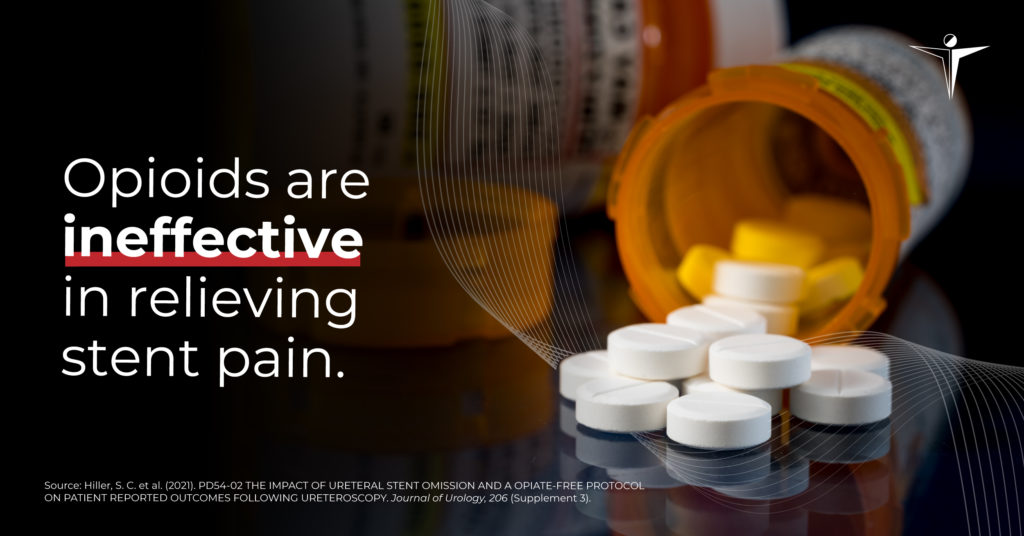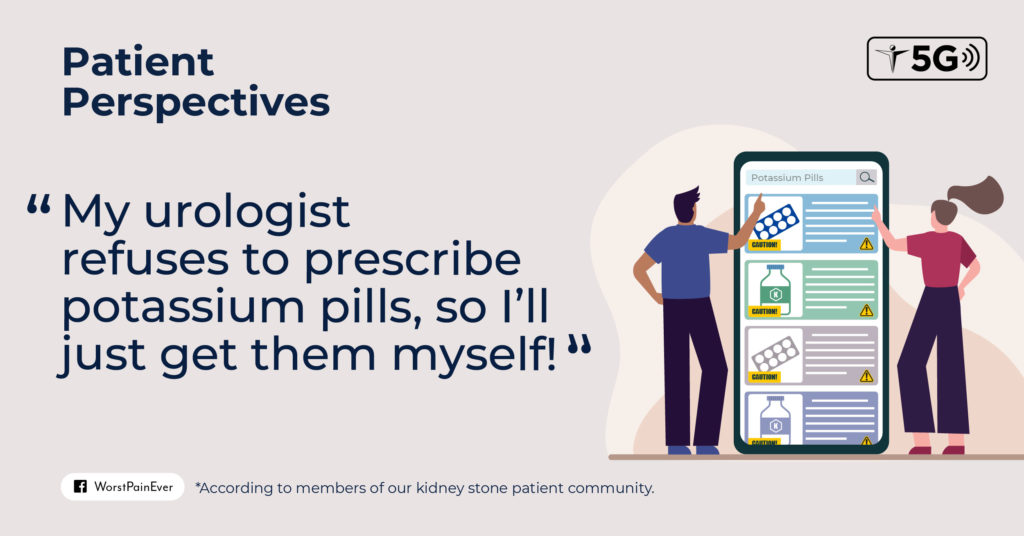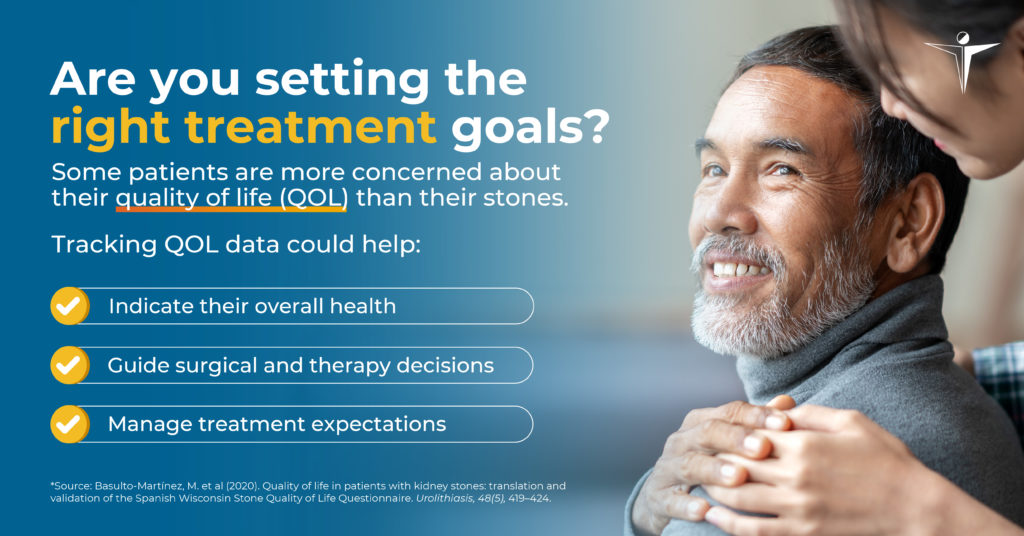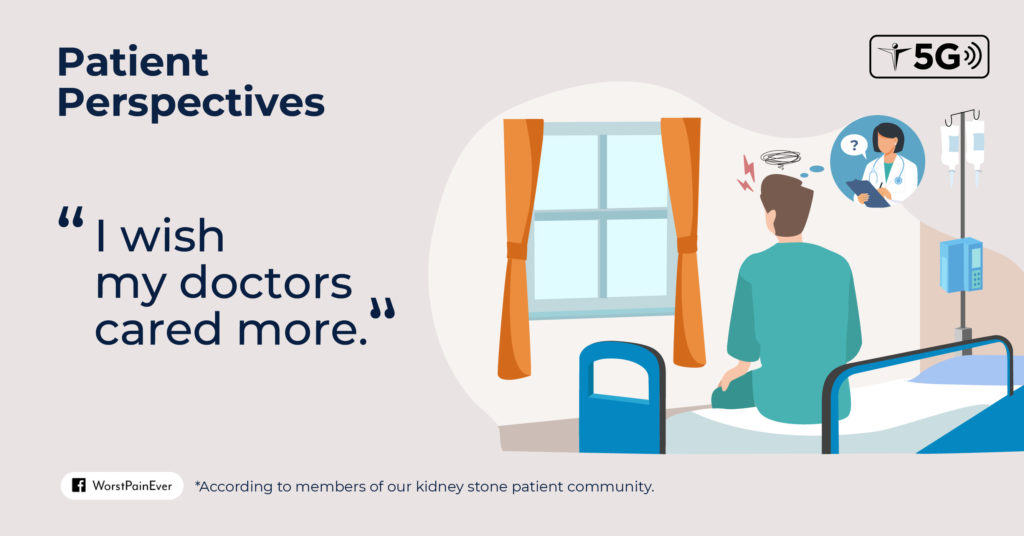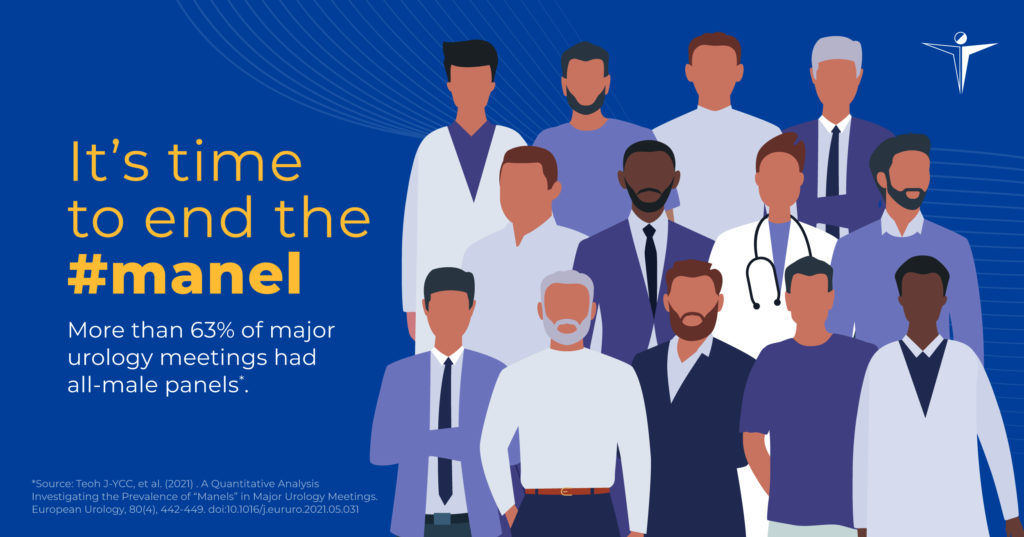Many kidney stone patients rely on opioids to ease stent pain, but a new study published in the AUA Journals suggests that they may not be effective at relieving post-operative pain!
Researchers used a PROMIS assessment to determine the effectiveness of opioids in easing stent pain. Surprisingly, patients on opioids experienced the same level of pain intensity and interference as those who were not.
With the U.S. surpassing 100,000 drug-related deaths in 20201, many urologists are exploring alternative pain management protocols to avoid prescribing opioids. Advise patients to opt for opioid-free treatments, they are safer and more effective!

